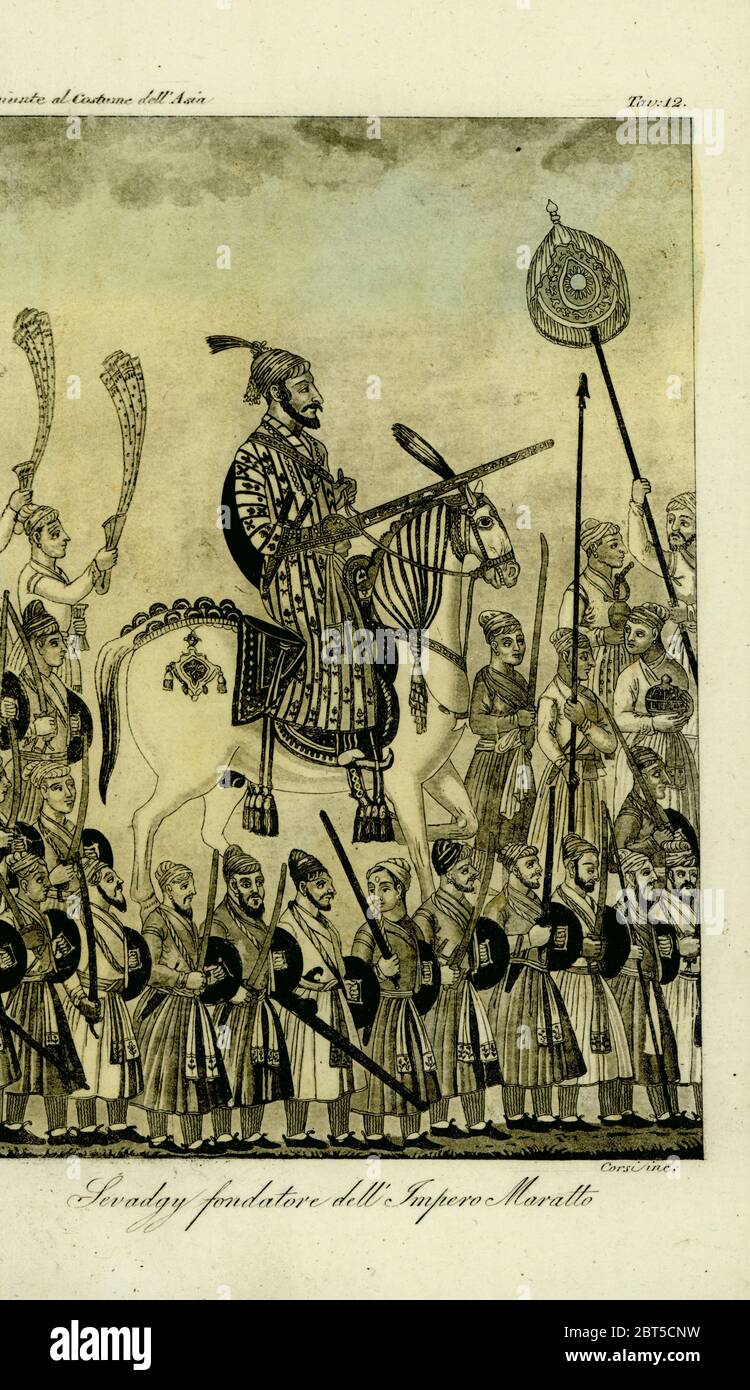
Raymond died in unexplained circumstances in 1798 and the Nizam signed a subsidiary alliance with the British the same year. He suffered a crushing defeat in 1795 at the hands of the Marathas (with Perron in command of Shindé’s troops) at the Battle of Kharda.

From 1786, the Nizam had employed the French General Raymond to command his troops. He was succeeded by Sayaji Gaikwad in 1819, the latter being reduced to mere appearances by the British.ĤAmong the other powers in the Deccan in 1795, may be mentioned Nizam Ali, the Muslim Subah of the Deccan whose capital was in Hyderabad. He was succeeded in 1800 by his eldest illegitimate son Anandrao, who signed three successive subsidiary alliances with the British in 1802, 18, surrendering more and more of his power to the colonialist government. Manaji’s brother Govindrao Gaikwad directed Maratha affairs in Gujerat from 1793 to September 1800. Yeshwant Rao signed a subsidiary alliance with Governor General George Barlow in 1805.ģIn Baroda, in Gujerat, another Maratha chieftain, Fatehsingh Gaikwad, died in 1790, and was succeeded by his son, Manaji Gaikwad, who died in August 1793. Yeshwant Rao Holkar then took over the management of Holkar affairs in 1797. Ahalya Bai died in August 1795 and Tukoji died two years later in August 1797. The Maratha Flolkar clan had established its stronghold in Indore, and Holkar affairs in 1795 were managed by Ahalya Bai Holkar, widow of the founder of the Holkar clan, together with Tukoji Holkar, a cousin. Since de Boigne had decided to retire from service in 1795, following upon the death of Mahadji Shindé in February 1794, General Perron had taken over the command of Daulat Rao Shindé’s army. Satara was finally annexed by the British Government in 1848 when the last Maratha Raja, Shahji Appasaheb (1839-1848), was forced into political oblivion.ĢAmong the other chiefs of the Maratha Confederacy in 1795 was Daulat Rao Shindé, the nephew and successor of Mahadji Shindé, who with the help of General de Boigne, had established a well-trained, well-equipped army at his headquarters in Gwalior (south of Delhi). Baji Rao II was to be the last Peshwa, since he was forced to surrender to Mountstuart Elphinstone in 1818, and Pratap Sinh Raja of Satara (1808-1839) signed a treaty of subsidiary alliance with the British the same year, acknowledging British paramountcy over Maratha Territory. After a lengthy succession conflict, following upon Madhavrao Narayan’s accidental death in 1795, Fadnis finally permitted the defunct Peshwa’s cousin, Baji Rao II, to be installed on the Poona cushion (or Gâdi) in 1796. The Chancellor in Poona, Nana Fadnis, who had conducted all the current affairs of the Confederacy since the murder of Madhavrao Narayan’s father, Narayan Rao, in 1772, remained more or less at the helm of Maratha affairs until his own death in March 1800. In 1795, Peshwa Madhavrao Narayan died accidentally when he fell from the balcony of his residence, aged only twenty-one. The Marathas were under the rule of a figurehead monarch named Shahu Raja II (who reigned from 1777 to 1808) based in Satara, while the political affairs of the Maratha Confederacy were managed by the Peshwa from Poona. 1First, a brief sketch of the situation in the Deccan plateau in central India in 1795, since the last few years of the eighteenth century constituted a turning point from several points of view.


 0 kommentar(er)
0 kommentar(er)
